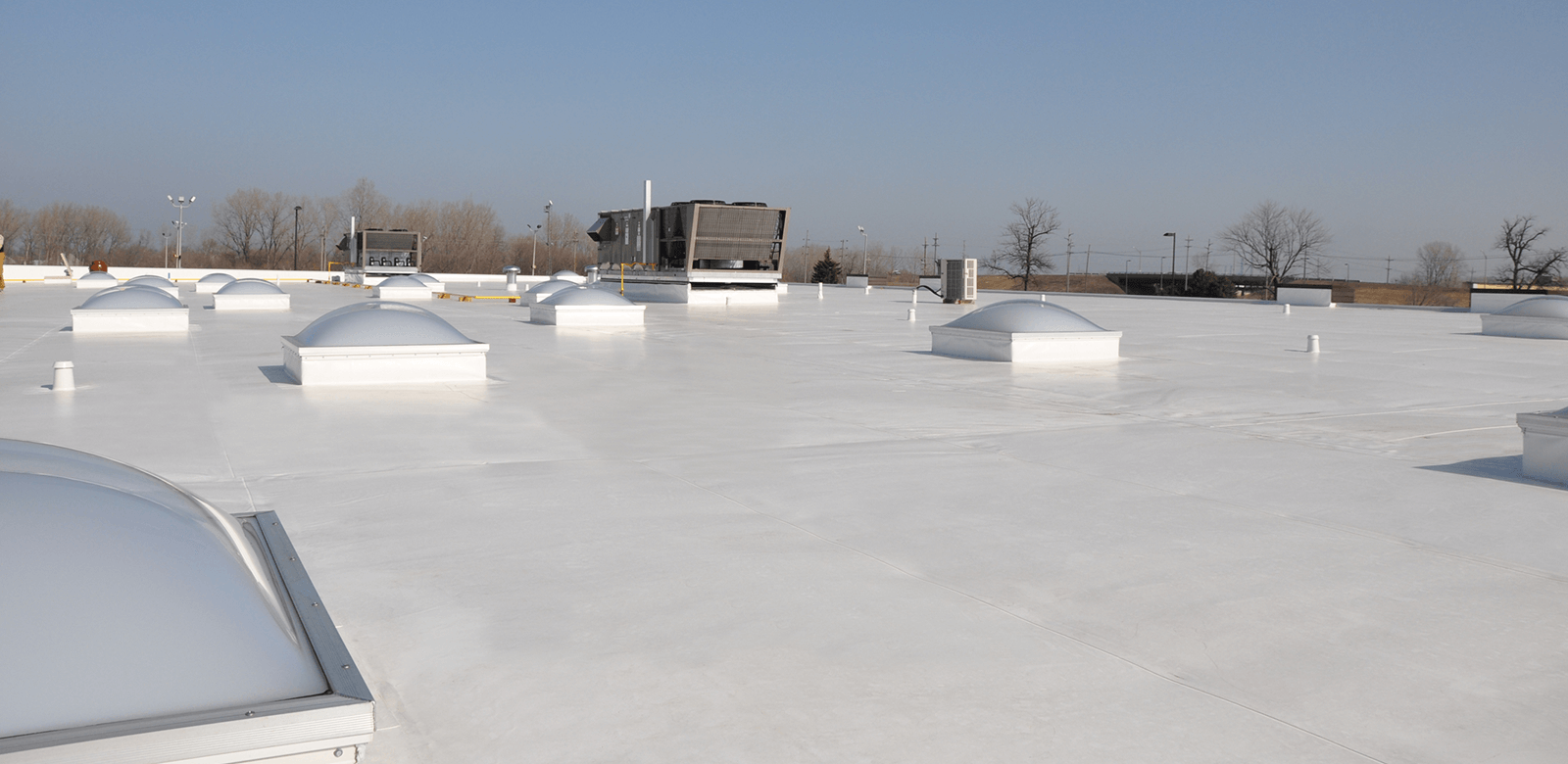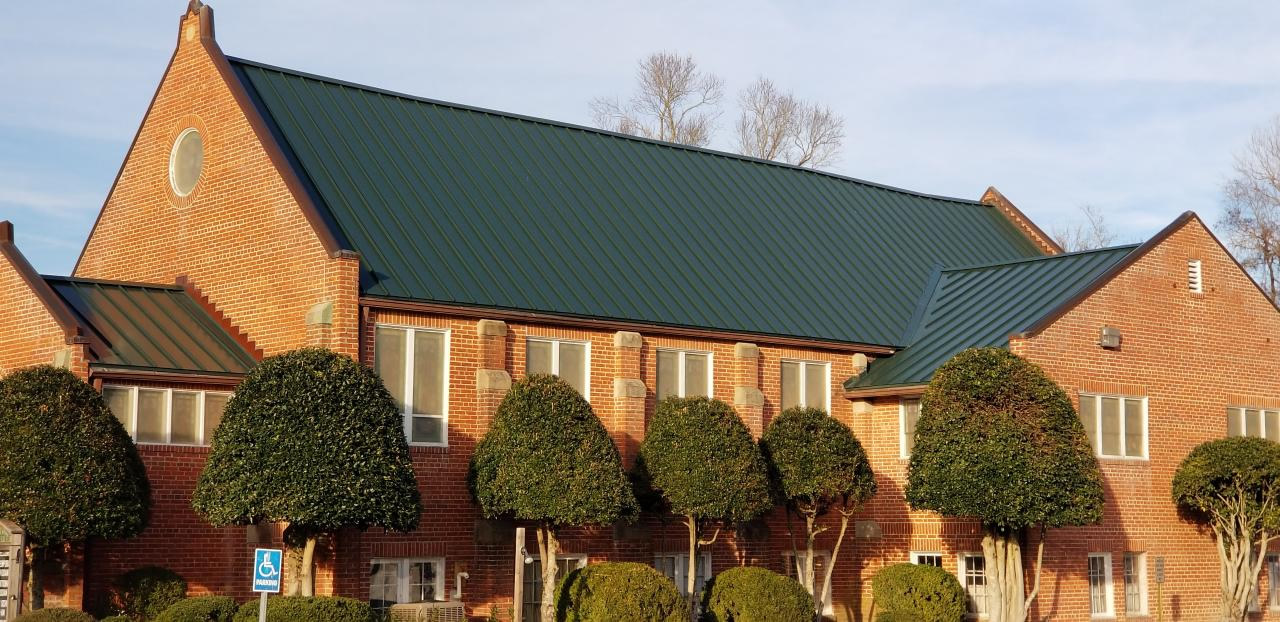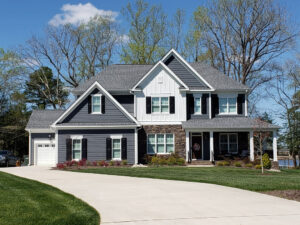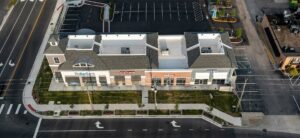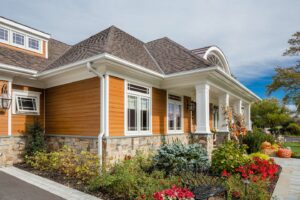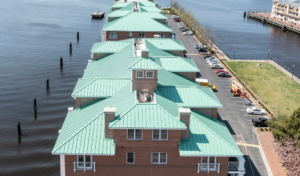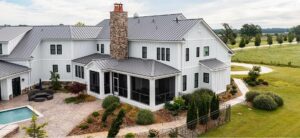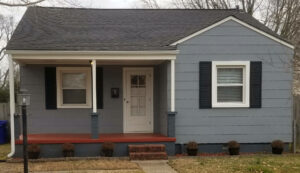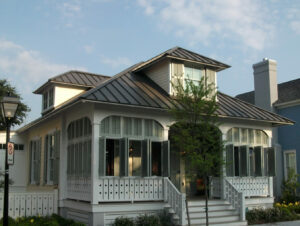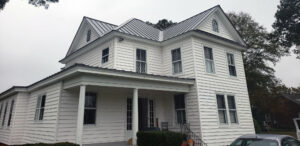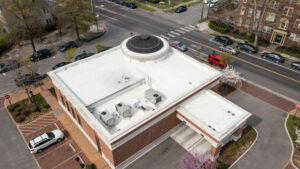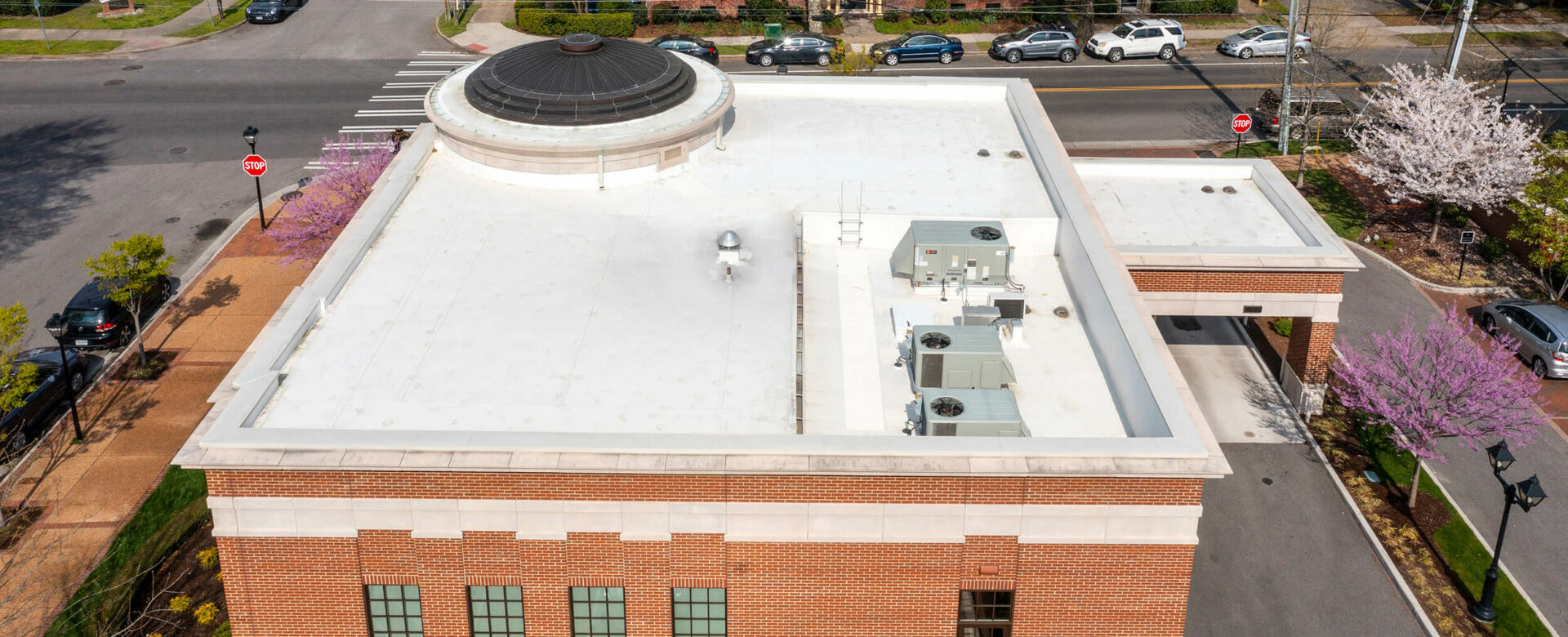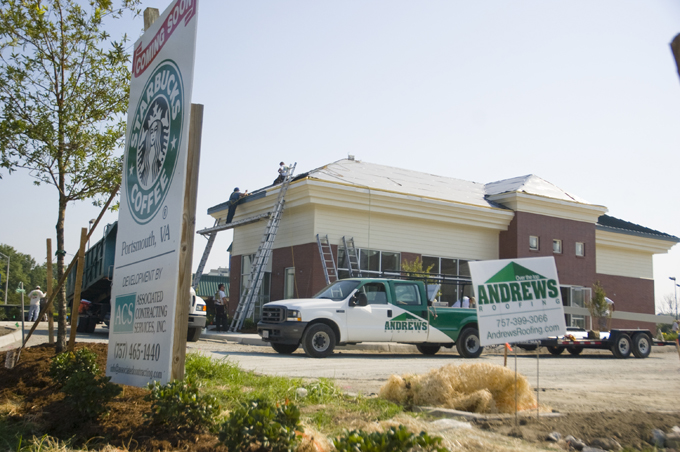At Andrews Roofing, our priority is delivering top-notch roofing solutions to our commercial and residential clients in southeast Virginia.
A key aspect of our ability to do this consistently is our partnership with industry-leading manufacturers who provide reliable, high-quality materials. One of these partners is Duro-Last Roofing, known for their exceptional products that have revolutionized the commercial roofing industry.
Why Duro-Last Roofing?
 Duro-Last Roofing has earned an excellent reputation for manufacturing custom-fabricated, single-ply roofing systems that offer unmatched durability and performance. Here’s why we choose Duro-Last for our commercial installations:
Duro-Last Roofing has earned an excellent reputation for manufacturing custom-fabricated, single-ply roofing systems that offer unmatched durability and performance. Here’s why we choose Duro-Last for our commercial installations:
- Custom-Fabricated Solutions: Duro-Last produces roofing systems tailored to the specific dimensions of each roof. This custom fabrication minimizes on-site modifications, reduces waste, and ensures a perfect fit, leading to faster installations and fewer potential leak points.
- Durability and Longevity: Duro-Last roofs are built to last. With their high-quality PVC membrane, these roofs are resistant to chemicals, fire, punctures, and high winds, making them an ideal choice for commercial buildings in southeast Virginia’s varied climate.
- Energy Efficiency: Duro-Last roofing systems are designed with energy efficiency in mind. Their reflective properties help reduce heat absorption, lowering cooling costs for building owners and contributing to a more sustainable environment.
- Warranty: Duro-Last offers industry-leading warranties that provide peace of mind to our clients. Their comprehensive coverage ensures that your investment is protected for years to come.
Duro-Last Installations
Our team of skilled roofing professionals is highly experienced in installing Duro-Last roofing systems. We follow a particular process to ensure that every project meets the highest standards of quality and reliability.
We start with a thorough assessment of your commercial building to determine the most suitable Duro-Last solution. Our experts consider factors such as roof size, shape, and environmental conditions to create a customized plan.
Once a plan has been made for your specific needs, your Duro-Last materials are custom-fabricated, which makes our installation process efficient and precise. We focus on minimizing disruptions to your business operations while delivering a flawless roofing system.
After your installation is complete, we are available for ongoing maintenance and any necessary warranty claims work to ensure your Duro-Last roof continues to perform optimally throughout its lifespan.
Andrews Roofing Can Help
Choosing the right roofing material is crucial for the longevity and performance of your commercial building’s roof. We trust Duro-Last Roofing for their exceptional products that meet the highest standards of quality, durability, and energy efficiency. If you’re in need of a reliable roofing solution, contact us today to learn more about how Duro-Last can benefit your commercial property.
